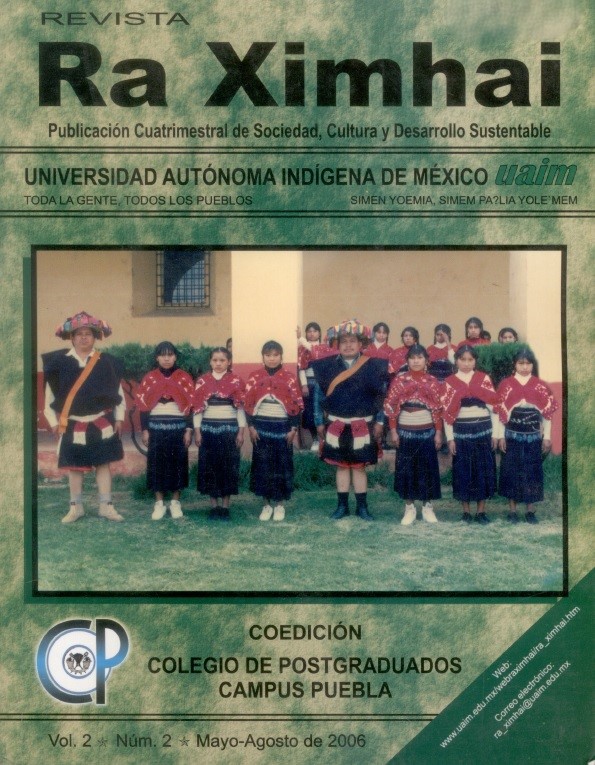Syncretism and Latin American contemporary art
DOI:
https://doi.org/10.35197/rx.02.02.2006.05.avKeywords:
sincretism, culture, contemporary art, identity, etnology, performanceAbstract
The mixture and co-participation of cultural forms that remain together and coexist, generating a result, is called syncretism. This abstract but real characteristic distinguishes the most representative works of contemporary Latin American art. Ethnology has limited the main relationships of syncretism to the study of the behavior of communities, races and peoples around the survival of pagan rituals mixed with religious beliefs but not in relation to art, hence the importance of a study on the particular relationship of syncretism with the work of contemporary art. This work deals with the relationships of current artistic languages from their poetic tendencies and the most significant elements derived from characters of innovation or obsolescence in relation to syncretism and the notions of identity and culture. It takes into account the symbolic content of contemporary art, considering the conceptual, formal and technical elements, which consider the work of art as a sign or as a system of signs located in a specific social and cultural context, a system that carries informative values that exerts influences on today's society from a historical and geographical context that denotes cultural and identity characteristics in Latin American art.
Downloads
References
Camacho C. M. 2002. Hacia una teoría del espacio, Reflexión fenomenológica sobre el ambiente. Editorial Benemérita Universidad de Puebla, México 2002
Eco, U. 1979. El péndulo de Foucault. Ed. Planeta, Barcelona.
Foucault, M.1991. Microfísica del poder. Traducción de Julio Varela y Fernando Álvarez, Ediciones la Piqueta, Madrid, España.
García, C. N. 1989. Culturas híbridas, Estrategias para entrar y salir de la modernidad. México D.F. Ed. Grijalbo.
Heidegger, M. 1993. El ser y el tiempo. 1ª edición 1927. Sexta reimpresión FCE, México. Merleau- Ponty, M. 1975. Fenomenología de la percepción. Editorial península,
Barcelona, España.
Morin, E.1999. El método, La naturaleza de la naturaleza. 5ª Edición, Ediciones Cátedra Teorema, Madrid España.
Mosquera, G. 2000. Por América, La obra de Juan Francisco Elso, Arte y Religión In: Elso, UNAM, IIE. Dirección general de Artes Plásticas. México.
Pandolfi, S. 2000. Por América, La obra de Juan Francisco Elso, Presentación.UNAM, IIE. Dirección general de Artes Plásticas. México 2000.
Villalobos, H. Á. 2000. Presentación y representación del arte contemporáneo. Ambientaciones Instalaciones, Happening y Performance. Editorial UAEM, Toluca, México.
Zavala, M. 1998. La precisión de la incertidumbre, posmodernidad, vida cotidiana y escritura. Editorial UAEM, Toluca, México.
Downloads
Published
How to Cite
Issue
Section
License
Copyright (c) 2006 Álvaro Villalobos Herrera

This work is licensed under a Creative Commons Attribution-NonCommercial 4.0 International License.
Usted es libre de:
- Compartir — copiar y redistribuir el material en cualquier medio o formato
- Adaptar — remezclar, transformar y construir a partir del material
- La licenciante no puede revocar estas libertades en tanto usted siga los términos de la licencia
Bajo los siguientes términos:
- Atribución — Usted debe dar crédito de manera adecuada , brindar un enlace a la licencia, e indicar si se han realizado cambios . Puede hacerlo en cualquier forma razonable, pero no de forma tal que sugiera que usted o su uso tienen el apoyo de la licenciante.
- NoComercial — Usted no puede hacer uso del material con propósitos comerciales .
- No hay restricciones adicionales — No puede aplicar términos legales ni medidas tecnológicas que restrinjan legalmente a otras a hacer cualquier uso permitido por la licencia.








